European Council agrees to 100% CO2 reduction for new cars and vans by 2035
Green Car Congress
JUNE 30, 2022
Enabling drivers to recharge their vehicles across the member states will be ensured by the related revision of the deployment of an alternative fuels infrastructure (AFIR). The Council also agreed to introduce a 100% CO 2 emissions reduction target by 2035 for new cars and vans—i.e., effectively a ban on internal combustion engines.










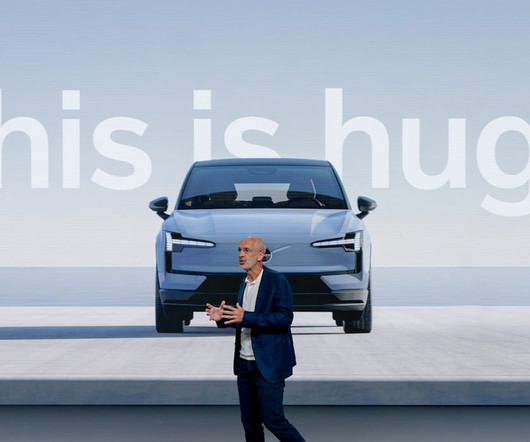
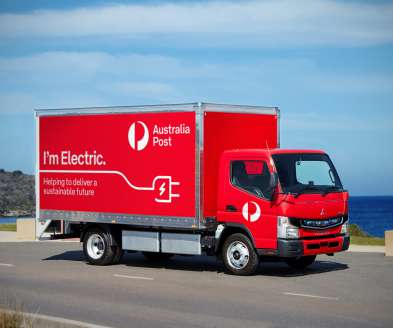




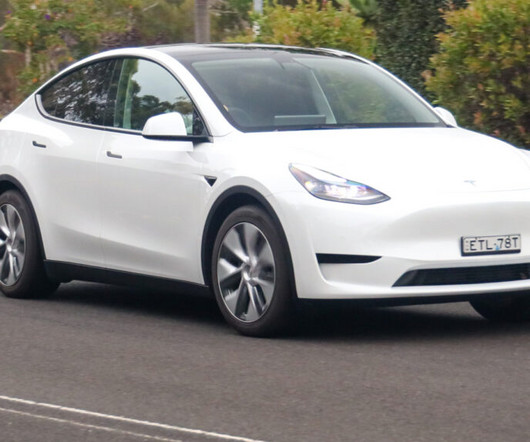




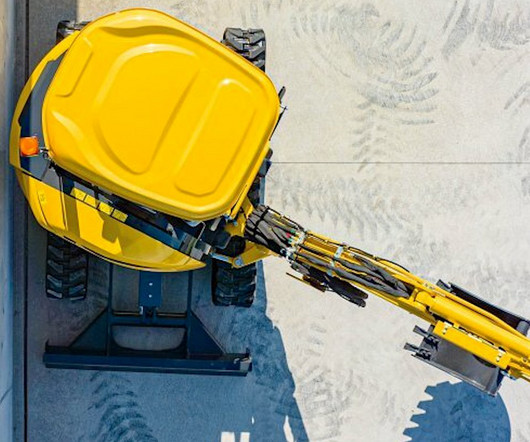

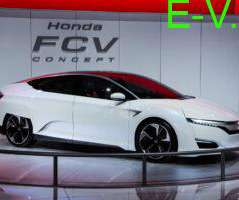
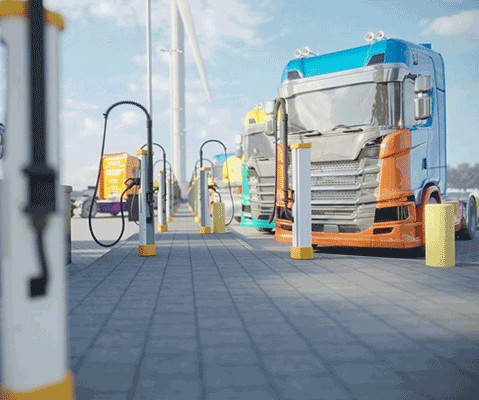



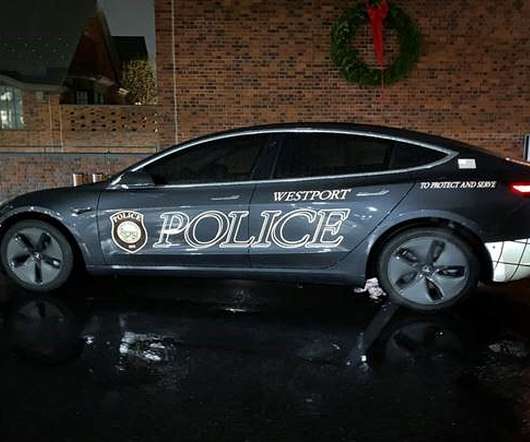





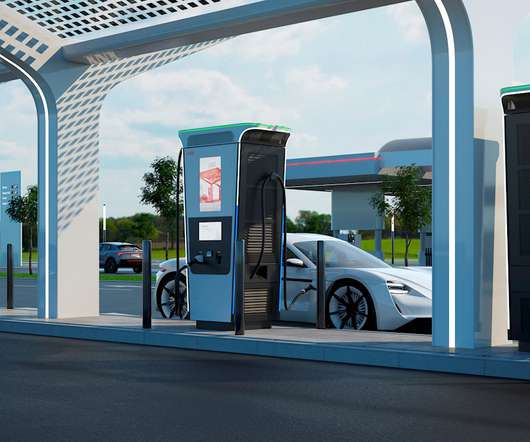







Let's personalize your content